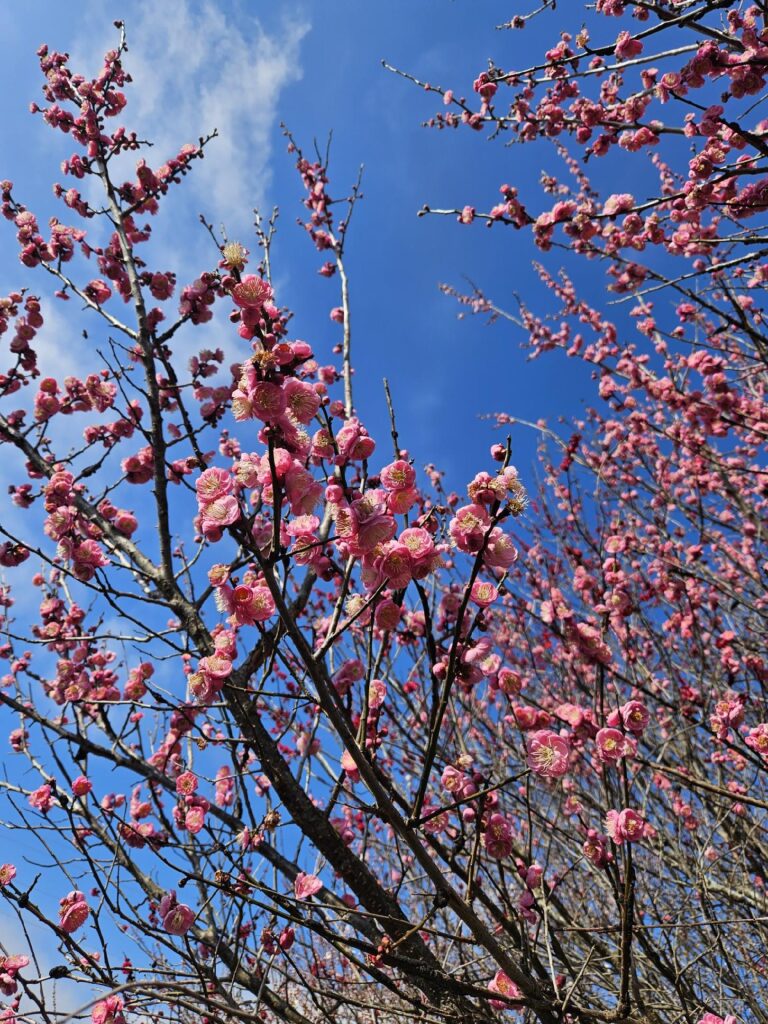
The genus, Prunus, is derived from Latin and means plum or cherry. The epithet, mume, is the Japanese pronunciation of the Chinese name for this plant.
This tree prefers full sun to partial shade, moist, acidic, loamy soils. They are best planted in protected areas so that the winter cold will not damage the flowers and the eventful fruits. It is intolerant to poor or dry soils. The Japanese flowering apricot blooms on the previous year’s wood and the buds are set during the growing season the year before. If the tree needs pruning, it is best done immediately after flowering.
There are over 300 cultivars of this tree to brighten up any winter landscape when very few other trees are in bloom. Its cultivars include white, pink, rose, and red flowering in single and double forms. It is similar in habit and appearance to some of the smaller flowering cherries that bloom a bit later in the season.
It can be challenging to find them in garden centers. ‘Peggy Clarke’ is a popular selection that bears double flowers in a deep-rose shade. ‘Kobai’ has red, semi-double flowers on a vigorous plant. Weeping selections such as ‘W.B. Clarke’ has double pink flowers, and there are several white-flowered forms available. Most flowering apricots have at least some fragrance.
The Japanese flowering apricot is ideal for a small garden plus it adds beautiful color to the winter landscape. Consider this tree for added interest near a walkway, patio, or deck, as a specimen, or in a group. Be sure to plant it in a sunny and protected location.
